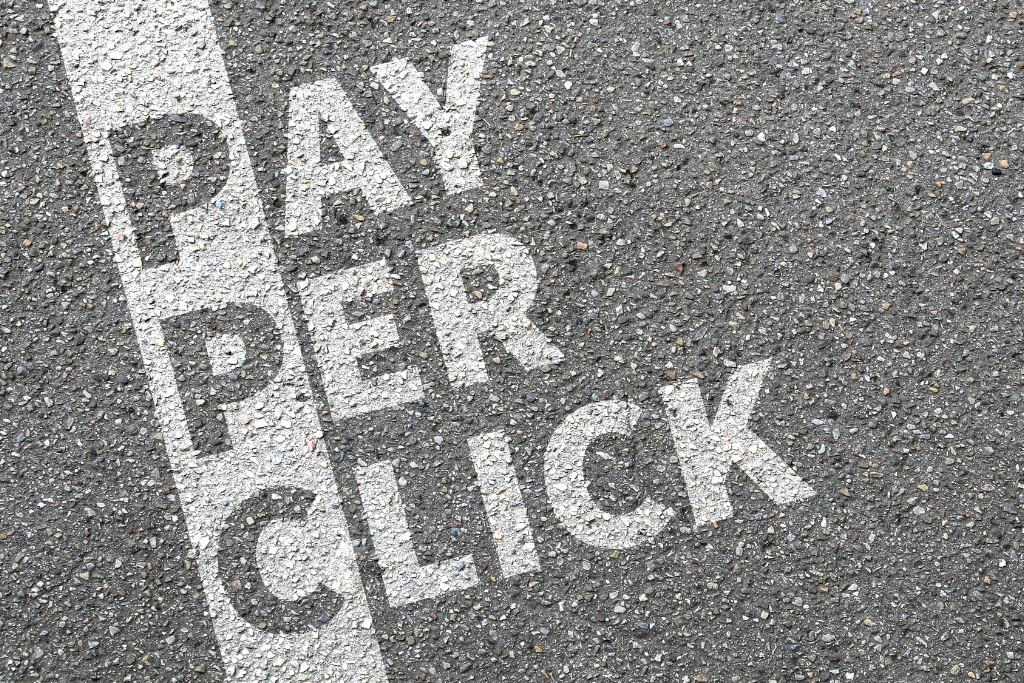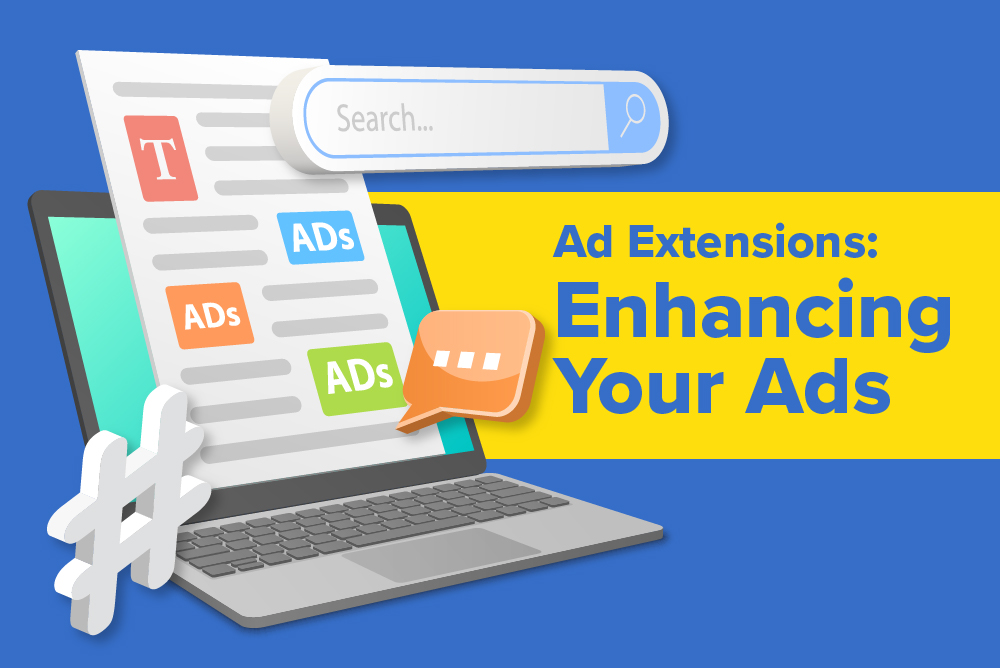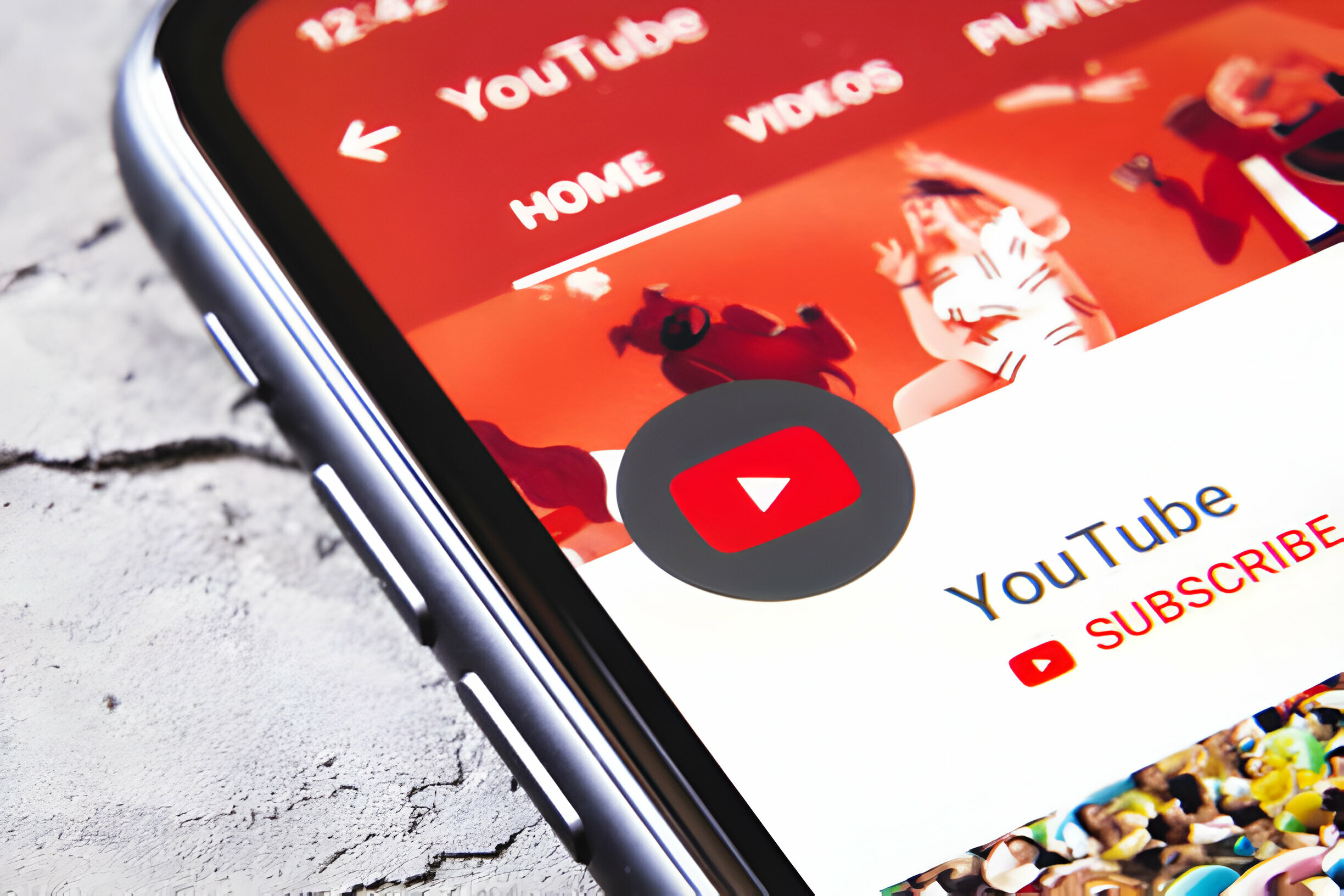As the world hurtles further into the digital age, digital marketing tactics have evolved, creating avenues for businesses to reach and connect with their target audience. One such incredibly effective strategy is PPC (Pay-Per-Click).
If you’re just dipping your toes in this stream, you’ve landed at the right place. At First Page, we’ve helped countless businesses set up successful PPC campaigns, and we’re excited to help you do the same!
What Is Pay-Per-Click Advertising (PPC) & Why Should You Care
PPC, or Pay-Per-Click advertising, is a digital marketing strategy where businesses pay a fee each time their ad is clicked. But why should you consider setting up a PPC campaign? With PPC, you’re essentially buying visits to your site, delivering your brand message right to your target audience’s screens. It’s direct, it’s immediate, and if done right, it’s gratifying.
Unlike SEO, which can take time to build and see results, PPC advertising can drive immediate traffic to your website. This is particularly beneficial if you’re launching a new product or service and want to generate buzz right away. PPC allows you to target your ads based on keywords, location, demographics, and even the time of day. This level of control can help ensure that your ads are seen by the most relevant audience, increasing the likelihood of conversions.
Roadmap To Setting Up Your First Pay-Per-Click Advertising (PPC) Campaign
Embarking on the journey to your first PPC campaign might seem daunting. But fear not. It’s a journey worth taking. To simplify the process, we’ll divide it into four crucial steps:
1. Define your PPC campaign goals
The first step in setting up your PPC campaign is defining your campaign goals. What do you hope to achieve with your campaign? Are you aiming to increase website traffic, improve sales, generate leads, or raise brand awareness? Knowing your goals can steer your PPC campaign in the right direction. It also allows you to create a more targeted strategy, ensuring your ad spend delivers the best return on investment.
2. Research and choose your keywords for PPC
Keywords are the backbone of your PPC campaign. They’re the search terms your potential customers use for products or services like yours. As a rule of thumb, choose keywords relevant to your product or service and those your audience uses. Referring to a comprehensive Keyword Research Guide to help you navigate this crucial step could help.
3. Set your budget
Before setting your PPC campaign into motion, determine how much you will spend. This will be a balancing act between your marketing budget and the results you want to achieve. Establish a daily budget that you’re comfortable with and remember, the great thing about PPC campaigns is that you only pay when your ad gets clicked.
4. Create compelling PPC ad copies
Your ad copy should resonate with your audience. It’s the first impression your potential customers get of your brand, so make it count. Ensure your ad speaks to their needs, piques their interest, and drives them to take action. Your headline should be catchy, your description concise, and your call-to-action clear and compelling.
Master The Art Of Keyword Research For Pay-Per-Click Advertising (PPC) Campaigns
Google AdWords, now known as Google Ads, is the most popular platform for PPC advertising. Its extensive features and tools can be intimidating for beginners, but mastering them can lead to a highly rewarding PPC campaign.
AdWords offers a variety of automated bidding strategies, each designed to help you achieve specific goals. Whether you want to focus on getting more clicks, impressions, conversions, or meeting a specific return on ad spend, there’s a strategy to suit your needs.
Meanwhile, ad scheduling in Google AdWords allows you to specify certain hours or days of the week when you want your ads to appear. This feature helps target your audience at the right time, improving the chances of ad engagement.
However, all successful PPC campaigns start with effective keyword research – the process of discovering and analysing a list of useful keywords for your PPC advertising. Let’s see how you can do so with the help of Google AdWords.
Understand keyword match types: In Google AdWords, keywords are defined by “match types” which can be broad, modified broad, phrase, or exact. Each type allows you to fine-tune which searches trigger your ads, enabling you to reach a targeted audience.
Leverage Google Keyword Planner: Google AdWords provides the Keyword Planner tool, designed to help you identify potential keywords for your campaign, estimate their search volumes, and understand how much they might cost per click.
Putting It All Together: Your First Pay-Per-Click Advertising (PPC) Campaign
Now you’ve got the basics, let’s walk you through setting up your first PPC campaign.
1. Sign up for Google Ads: The most popular platform for PPC advertising is Google Ads. It provides a robust and diverse range of targeting, ad placement, and bidding options. Start by creating an account, selecting your target locations and networks, and setting up your first campaign.
2. Select your keywords: Remember the keyword research for PPC we did earlier? It’s time to put that into action. Select the most appropriate and high-performing keywords for your campaign using your keyword research. Google Ads provides a Keyword Planner that can assist in this process, suggesting keyword ideas and estimating their performance.
3. Write your ad: Recall the compelling ad copy we mentioned earlier? Now’s the time to put it into practice. Write an engaging ad copy that highlights your brand’s unique selling proposition. Ensure it aligns with your keywords and landing page to ensure consistency for your potential customers.
4. Set your bid and budget: Now, it’s time to decide how much you will pay for each click. Set your bid for your selected keywords and the budget for your campaign. Google Ads provides flexible options for managing costs, including maximum cost-per-click (CPC) bids and daily budget limits.
5. Review and confirm your PPC campaign settings: Before you hit that ‘start’ button, make sure to review and confirm all your campaign settings. Check your budget, bid strategy, ad schedule, keywords, ad copy, and landing page.
6. Monitor, measure, and adjust: Once your campaign is live, monitor its performance closely. Make use of the numerous metrics available in Google AdWords to measure your campaign’s success and adjust where necessary. This step is critical for improving your PPC campaign setup over time.
Navigating Pay-Per-Click Advertising (PPC) Campaigns’ Ad Formats & Placements
Once you’re on board with Google Ads, understanding the ad formats and placements can dramatically impact the effectiveness of your campaign. Let’s delve into the variety of ad formats available and the importance of carefully chosen ad placements.
1. Choose your ad format: Google Ads offers a variety of ad formats, including text ads, display ads, video ads, shopping ads, and more. The format you choose will depend on your campaign goals and where you want your ads to appear. For example, you might opt for shopping ads if you’re selling a product. Or, if you’re aiming to increase brand awareness, a display ad campaign could be ideal.
2. Decide on ad placements: Ad placements refer to where your ads will appear. They can appear in search results, on websites related to your keywords, specific websites you choose, mobile apps, videos, or even emails. Your ad placements should align with your audience’s behaviour and campaign goals.
3. Understand ad extensions: Ad extensions are a fantastic way to provide additional information and improve the visibility of your ads. They can include other text, call buttons, links to specific parts of your website, location information, and more. Google Ads has a variety of ad extensions, and using them can improve your ad rank and visibility at no extra cost.
Track & Optimise Your Pay-Per-Click Advertising (PPC) Campaign
Your first PPC campaign is now up and running. But the journey doesn’t end here. After setup, regular monitoring, tracking, and optimising your campaign is critical to achieving your PPC goals and maximising return on investment. Let’s look at how to make it happen.
1. Monitor your campaign regularly. Regular monitoring and evaluation are essential to PPC success, like any other marketing strategy. Google Ads offers a plethora of metrics to measure your campaign’s performance, like Click-Through Rate (CTR), conversion rate, and return on ad spend (ROAS).
2. Optimise your campaign for better performance. Based on your performance metrics, you may need to adjust your campaign. This could involve tweaking your keywords, revising your ad copy, adjusting your bids, or changing your targeting options.
3. Monitor and improving Yyour PPC campaign. Getting your PPC campaign setup in order is only the beginning. A successful one requires ongoing monitoring and adjustment. This lets you optimise your campaign for performance, making the most of your ad spend. At First Page, we offer PPC services that can assist in ensuring your campaign’s ongoing success.
Ready To Unleash The Clicks?
PPC advertising can be a game-changer for your business’s digital marketing efforts. Ready to embark on this exciting journey? At First Page, we’re always here to help. Step into the world of PPC with confidence, and let’s unleash the clicks together!

















